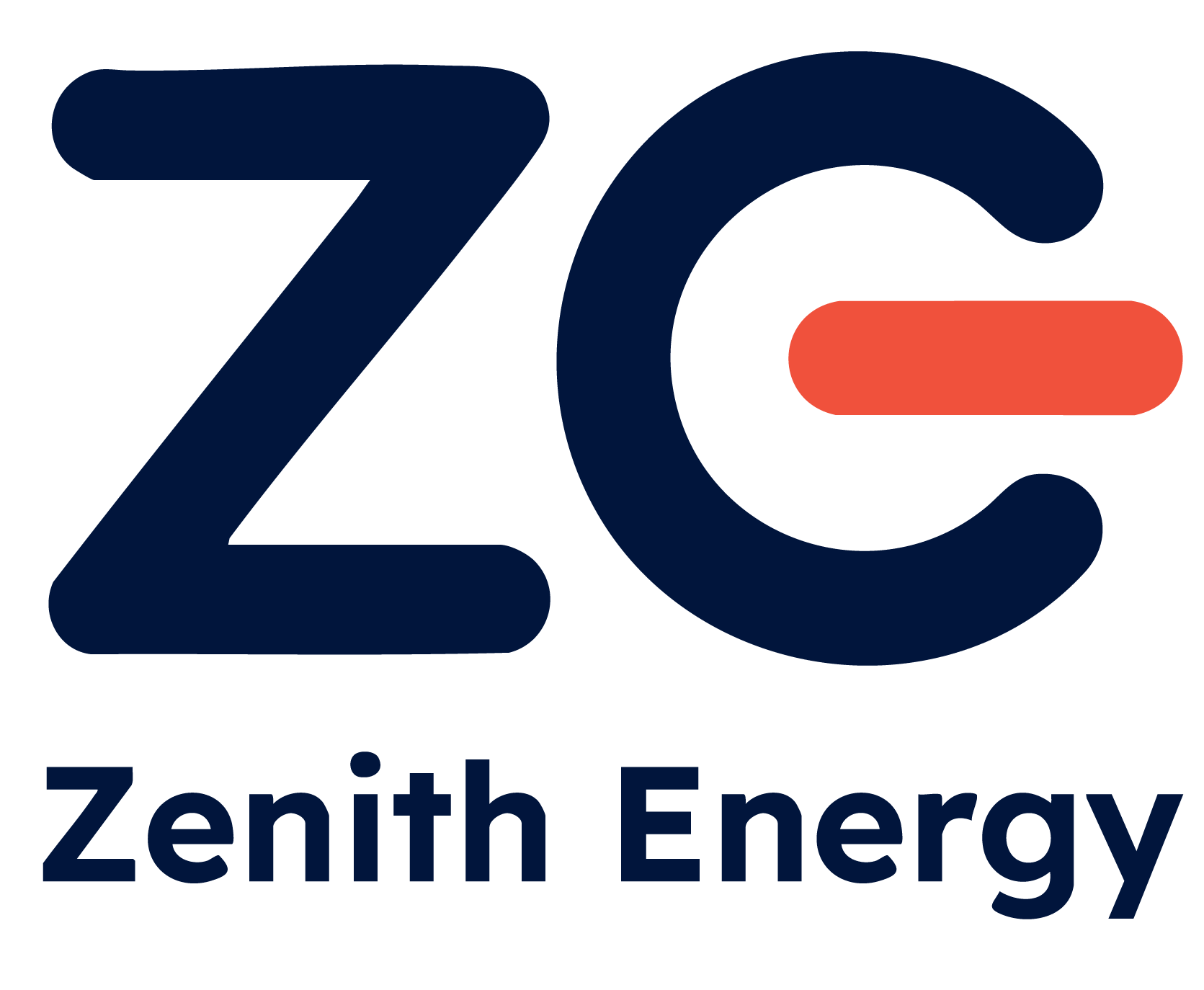Achieving Net-Zero: VPCL’s Powerful Partnership for a Cleaner Future
CLIENT
Visakha Pharma City Limited (VPCL)
SECTOR
Pharmaceuticals
TECHNOLOGY
Net-Zero Roadmap Development
Saving in Carbon
Emissions
Target reduction of 65,548.73 tonnes by 2040
Equalvalent Trees
Plants planted
Approximately 32,00,000 Trees
Project highlight:
Updated Smilax’s outdated chiller with a high-efficiency water-cooled chiller.
Converted the conventional lighting system to energy-efficient LED lighting with smart control features.
The total investment for the project was INR 90 lakhs.
The installation process was completed within a four-month period.
High Carbon Emissions: VPCL’s operations produced considerable greenhouse gas emissions, particularly from coal-fired boilers, electricity use, and various activities throughout the value chain.
Complex Emission Sources: Emissions were categorized into several types, including direct emissions (Scope 1), indirect emissions from electricity (Scope 2), and value chain emissions (Scope 3) stemming from areas like purchased goods, waste management, and employee commuting.
Ambitious Net-Zero Target: VPCL aims to achieve net-zero emissions by 2040, necessitating a well-defined, phased strategy and significant reductions in emissions across all Scopes
Zenith Energy offered the following key services for VPCL:
Carbon Footprint Assessment: For the purpose of carbon footprint assessment, GHG emissions in Scope 1, Scope 2, and Scope 3 boundaries are identified and quantified by an assessment of carbon footprint consistent with the operational control approach of GHG Protocol.
GHG Emissions Estimation: This baseline was set at a total carbon footprint of 65,548.73 tonnes of CO₂ equivalent emissions with VPCL’s FY 2021-22 in perspective, whose significant portions are due to multiple categories, including direct emissions (Scope 1), indirect emissions from electricity (Scope 2), and value chain emissions (Scope 3) from sources like purchased goods, waste management, and employee commuting.
Net Zero Emissions Strategy Development: A roadmap is clear which spells out short term targets for up to 2030 and medium to long term targets for up to 2040, with a definite strategy for gradually reducing emissions and achieving net zero.





